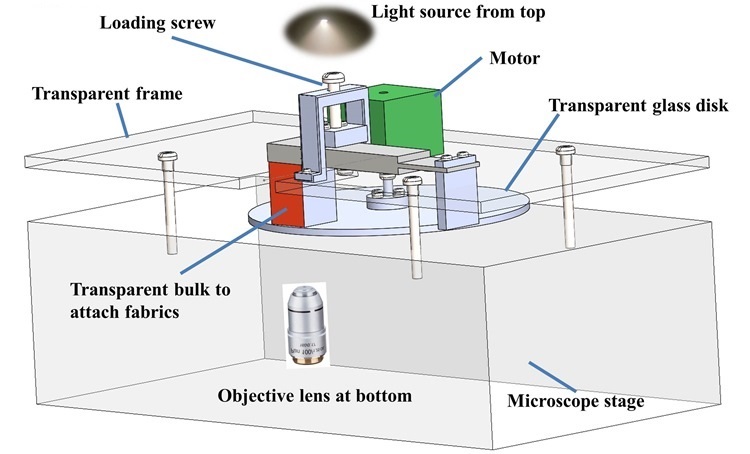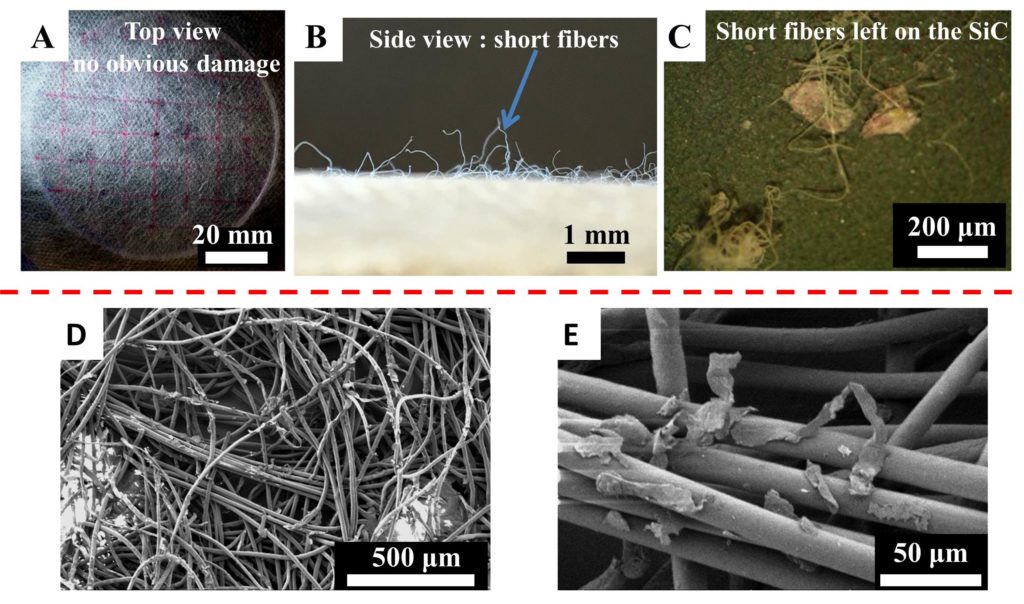Wear model and simulations
During fretting, the removal of material by wear leads to an increase of contact stress in the stick zone. If elastic behavior is assumed, the boundary between stick and slip zones does not move, wear eventually ceases, and a mode-I singularity of contact pressure is predicted after infinitely many cycles. For real materials, the development of singular stresses must be limited by plastic deformation. Using finite-element modeling, we show that the principal effect of plasticity is to allow the wear scar to extend continuously into the contact region. Thus, wear continues indefinitely, and extensive damage or catastrophic failure is to be anticipated, given a sufficient number of fretting cycles.
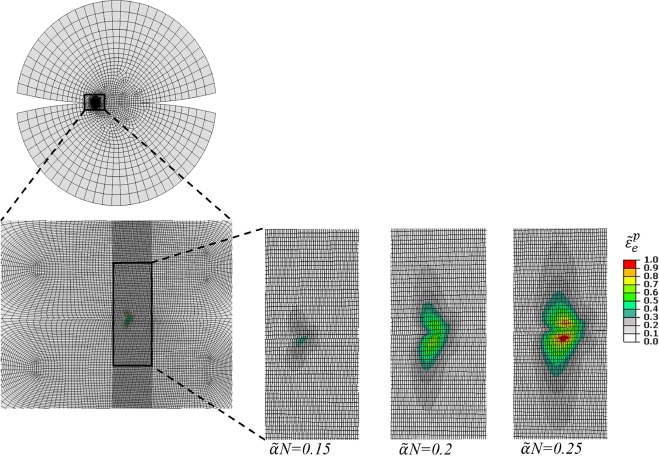
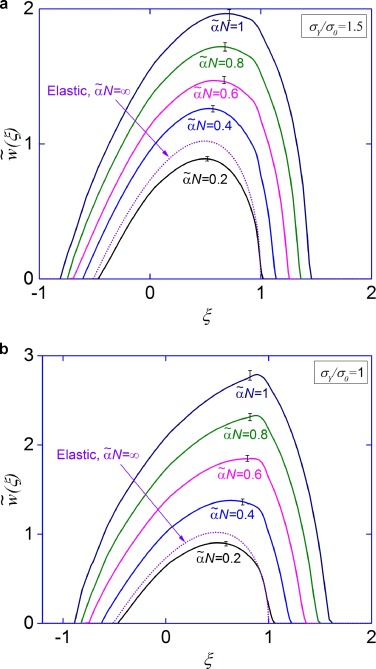
Traditional analyses of slip at corners of contacts, based on linear elasticity and a Coulomb friction law, are very sensitive to the details of local geometries, owing to the effects of elastic singularities. In addition, with a Coulomb friction law, the wear scar will not progress beyond the original stick-slip boundary. In other words, the traditional model cannot describe wear propagation from partial slip to full slip. We developed a model of slip and wear by incorporating a finite interfacial shear strength with a Coulomb friction law.
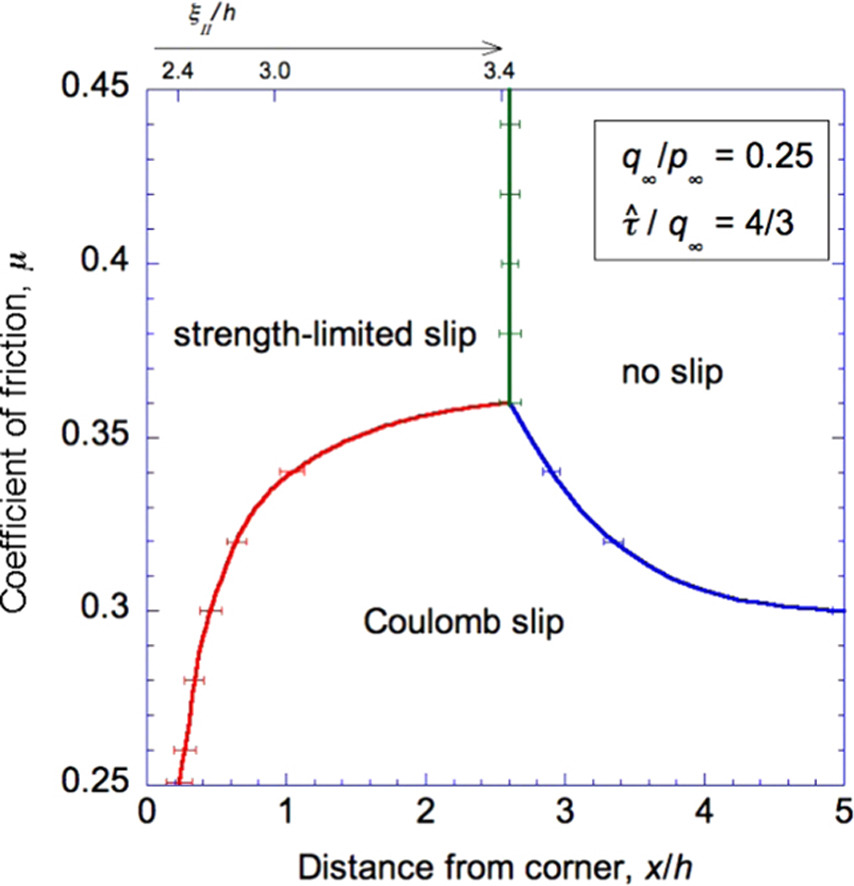
We developed a numerical algorithm in which changes of geometry caused by wear can be simulated by ascribing fictitious anisotropic eigenstrains to a set of surface nodes. These eigenstrains are related to the wear depth at any location, and can be incorporated into calculations using the existing expansion modules in commercial codes, such as anisotropic swelling or thermal expansion. The method provides an alternative to the re-meshing technique, and may provide advantages in history-dependent problems such as those involving plasticity, hysteretic friction or micro-slip.
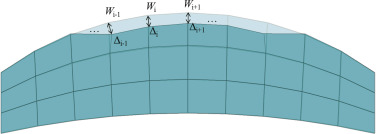
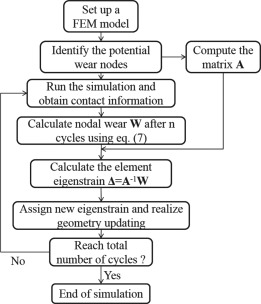
Application in engineering problems: Grid-to-rod fretting
Grid-to-rod fretting (GTRF) wear is a major cause of fuel leaks. Understanding its mechanism is crucial for improving the reliability of nuclear reactors. We developed a three-dimensional, finite-element based approach, which reveals how the wear rate depends on the size of the gap between the grid and the fuel rod, and on the frequency of the excitation force. We show that these two factors affect the dynamic vibration of the rod, which leads to three different regimes: harmonic, period-doubling and chaotic.
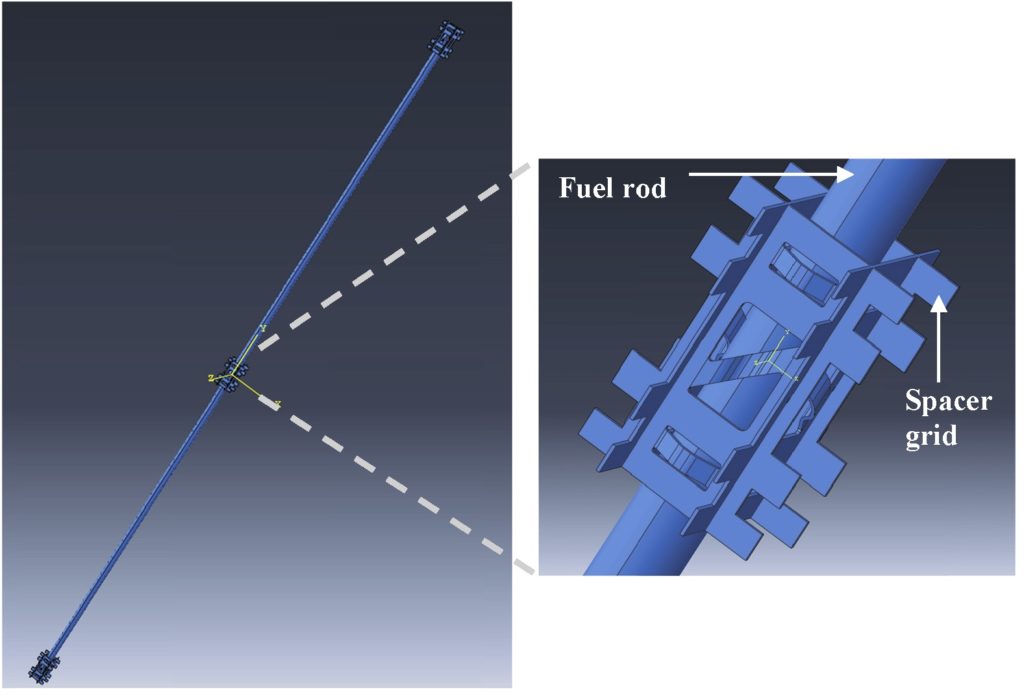
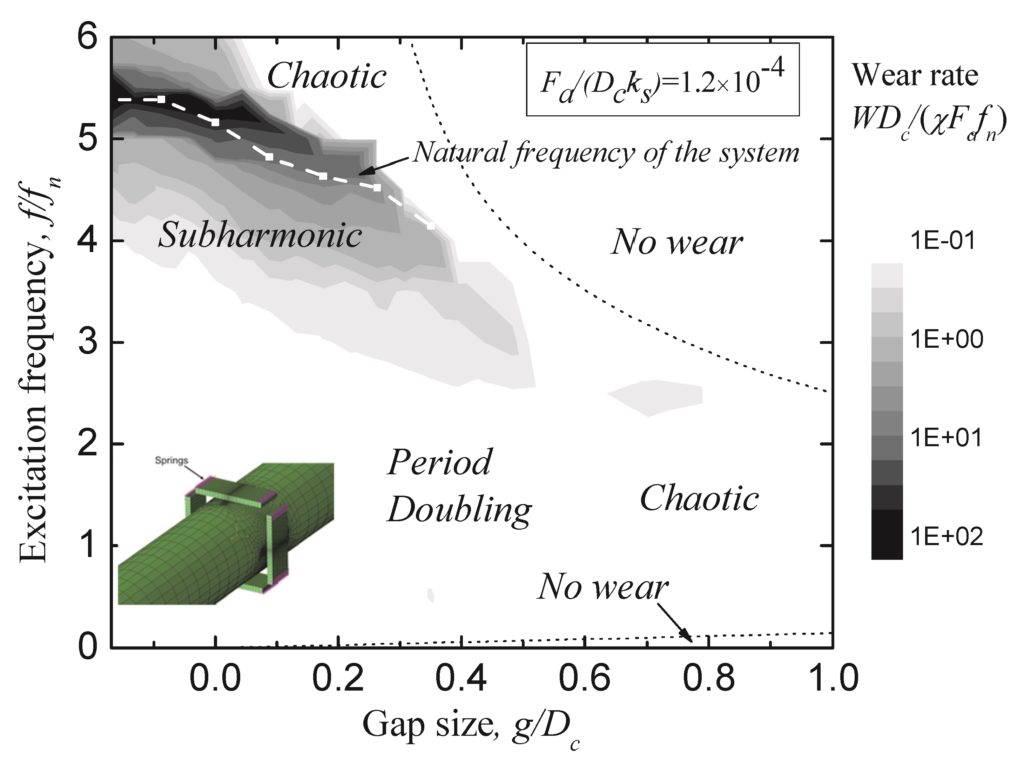
Surface engineering for wear resistance
We use experiments and simulations to study the wear resistance of material surface, fibers and fabrics, and develop strategies to improve wear resistance.
in-situ wear characterization
